By Arnold Blumberg
As Spanish king Charles II lay dying in Madrid in the autumn of 1700, worried diplomats in other European capitals brooded day and night over who would succeed the childless monarch. The frail, feeble-minded Charles was the last in the line of Spanish Hapsburgs, and his imminent death threatened to severely disturb the always delicate balance of power in western Europe and throughout the colonial world. The winds of war, never still for long, were beginning to swirl again. And, as had been the case for more than three decades, the vortex centered on French monarch Louis XIV, the formidable “Sun King,” and his court at Versailles.
Louis’s wife, Maria Theresa, was the elder half sister of Charles II, and through her Louis championed their grandson, the Duke of Anjou, to succeed to the Spanish throne as Philip V. A rival candidate was Archduke Charles, the son of Holy Roman Emperor Leopold I, who was also related by blood and marriage to Charles II through the Austrian line of Hapsburgs. After the Spanish monarch’s death in November 1700, Philip V ascended to power with the grudging consent of the other European powers, but his French grandfather unnecessarily alienated England and the Netherlands by shutting off their sea trade with Spain. In turn, those nations sided with Austria in its claims to formerly Spanish territory in Italy and the Low Countries. Fighting erupted across western Europe, with allied forces winning several victories under the formidable Prince Eugene of Savoy and the Duke of Marlborough. Louis XIV had pinned himself into a corner.
Rooke’s Sights on the Rock
In July 1704, the third year of what was being called the War of the Spanish Succession, British Admiral Sir George Rooke, intent on taking the city, led a combined Anglo-Dutch fleet toward Cadiz, Spain. The 54-year-old Rooke had already won a significant naval victory at the Battle of Vigo Bay in 1702 when he sank the entire Spanish treasure fleet returning from the New World, but earlier attempts to capture Cadiz and the Catalonian capital at Barcelona had been unsuccessful. News that a formidable French fleet under Louis XIV’s illegitimate son, the Comte de Toulouse, was sailing toward the Strait of Gibraltar gave added urgency to the allied cause. Archduke Charles, now styling himself Charles III of Spain, sent word from his court in exile in Lisbon, Portugal, that he wanted Cadiz captured immediately.
After arriving at the Spanish port, Rooke declined to launch an attack, citing adverse wind and tide conditions, which he feared would make an amphibious landing too hazardous. Instead, the admiral trolled his warships and troop transports along the southeast Spanish coast, looking for easier targets of opportunity. An excellent one presented itself at Gibraltar, 70 nautical miles from Cadiz. An English squadron under Vice Admiral Viscount George Byng of Torrington had been bombarding the Spanish-held strongpoint for two days; the enemy’s response to the cannonade had been weak. On the recommendation of his land commander, Prince George of Hesse-Darmstadt, Rooke determined to use his foot soldiers to capture the place. Joining another mixed Anglo-Dutch squadron under Admiral Cloudsley Shovell near Cadiz, Rooke steered east toward Gibraltar, intent on taking the thinly held but strategically important Spanish base.
Gibraltar, on Spain’s southern coast, is the geographical meeting place of the Atlantic Ocean and Mediterranean Sea and the bridgehead between Europe and North Africa. A promontory of limestone rock, two miles square and 1,400 feet high, it connects with the mainland by a flat, open, sandy isthmus. A town by the same name is located at its western base. To the south, the Strait of Gibraltar at its narrowest point forms a 15-mile-wide corridor separating two continents. The Rock, as it is popularly called, was occupied by the Muslims in ad 711 and first fortified by them in 1068. Now Spain held the place but had allowed its defenses—seawall, town, and artillery batteries ensconced in the mountain—to deteriorate. Regardless, nature had made the Rock a strong military position, with craggy heights shielding its northern and eastern sides, while swamps fronted the north of the town. To the south, swift ocean currents, sea cliffs, and soft sandy beaches made any attack from that direction difficult.
The Royal Marines
On July 24, the allied fleet arrived outside Gibraltar. In all, Rooke commanded 16 English ships under Byng and six Dutch ships under Rear Admiral Paulus van der Dussen. The ships positioned themselves inside the harbor, carefully out of range of the bastion’s guns. Rooke directed matters from his flagship, Royal Katherine, at the entrance to the bay. Beginning with a brief covering barrage laid down by the guns of his fleet, Rooke launched an amphibious assault by 1,900 English and 400 Dutch marines. Their initial objectives were the main shore defenses, the Old and New Moles, and the fortified Teurto Tower.
From 500 yards out to sea, the attackers (soldiers with muskets and swords and sailors armed with cutlasses, boarding pikes, and pistols) clambered down from their transport vessels onto a variety of launches, ships boats, skiffs, and barges to make their approach to the objectives. Small cannons were also made ready to be sent ashore if needed. It was the first time that Rooke’s floating armada had conducted an amphibious assault and the largest one ever attempted by an English force up to that time.
The English marines at Gibraltar traced their heritage from regular army units first authorized in 1664 by King Charles II to be recruited by the Duke of York and Albany for service with the British fleet. Although Queen Elizabeth’s favorite sailor, Sir Francis Drake, had sometimes used infantry soldiers aboard his fleet as snipers in the riggings, it was not until 1672 that the term “marine” was officially used in government documents denoting the new maritime infantry. Between 1687 and 1698 seven marine regiments were raised, but subsequently disbanded for fiscal reasons. In 1701, 13 new regiments—seven regular infantry and six marine—were raised to act as soldier-sailors in the War of the Spanish Succession. Unlike their infantry brothers who wore the scarlet uniforms of the British Army and were called “Red Marines” (and were derogatorily nicknamed “Lobsters” by sailors) marine gunners wore the blue uniform of the Royal Regiment of Artillery and were known as “Blue Marines.”
A lieutenant colonel commanded each marine battalion, assisted by an adjutant general who served as head of the colonel’s staff. Initially, all marine field officers were Royal Navy officers. When on land, the marine units were commanded by a regular army field-grade officer. Marine officer commissions, unlike those in the British Army, could not be purchased; promotions were made on the grounds of seniority or merit. This greatly strengthened the esprit de corps of the marines, increased the bond between them and the Navy, and allowed talented Britons of the middle class to join the marine ranks.
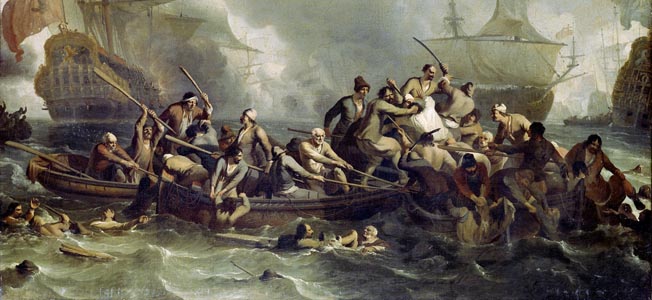
All marine enlisted recruits were volunteers, with funding for the Marine Corps coming directly from the Admiralty. Their training was the same as that administered to regular army regiments. Royal Marine duties were varied and important. Their primary responsibility on board a warship was to serve as gun crews during sea battles. The number of marines assigned to a man-of-war depended on both the size of the ship and on how many guns it carried. Marines were not used to capture enemy craft at sea; boarding opposing ships was largely left to sailors who were better equipped and experienced at such tasks. To cross to another ship required nimbleness and surefootedness inherent in a sailor’s experience and skill. Sailors’ weapons—the cutlass, pistol, and boarding pike—were more effective for the close-quarters fighting required in the narrow confines found on or below the decks of a ship. Snappy drill and volley fire with long muskets would find no time or space in that confined combat environment.
Royal Marines rarely employed their smallarms shooting skills during naval engagements. Most would man the ship’s guns, while other detachments would see to it that the rest of the crew was attending to their battle duties, helping to remove the wounded, and clearing away battle debris. Acting as sharpshooters (a function that their French counterparts also actively pursued) was problematic, given the pitch and sway of a ship as it moved through the water, the inaccuracy of the smoothbore muskets the marines were equipped with, and the general noise, jostling around, and chaos of combat at sea. As they were about to prove at Gibraltar, the marines were much more at home on solid land.
White Flags on the Spanish Fort
Within an hour after setting off from the mother ships, the invaders landed on the sandy isthmus at the northern end of the Gibraltar peninsula. After forming into columns and advancing a short distance to attack the New Mole Fort, the English were struck by a devastating setback. Either a mine was set off by the defenders or else a powder magazine accidentally detonated—no one could determine which—and the assaulting force was wracked by a powerful explosion that killed or wounded 100 attackers.
Immediately after the deafening blast occurred, the surviving members of the landing party froze in their tracks, looking in shocked amazement at the loss of life and the wretched condition of the ground caused by the unexpected event. Unsure whether it was safe to carry on the attack, some of the men fell to the earth seeking shelter, while others ran back toward the landing boats. But most of the attackers simply remained stationary and silent. Those officers who remained alive and unhurt, along with hard-bitten sergeants and corporals, rapidly regained their senses and hurried to calm the men and put them back into some sort of formation.
As the English marines regained their composure and prepared to continue the advance, reinforcements came ashore. Soon the reorganized English-Dutch force headed for the fort. Encircling the installation and discharging their firearms, the allies stormed and took the place. Two columns of men were dispatched to surround the town. Meanwhile, sailors from the fleet secured the surrounding heights. They had been selected for the task because of the agility and speed with which they normally performed their shipboard duties. Soon the Spanish defenders began displaying white flags signaling their desire to surrender.
Taking the Town
Prince George sent word to the governor of Gibraltar, Don Diego de Salinas, demanding that he surrender the entire garrison in the name of Charles III. Don Diego refused, pledging his loyalty to Philip V and insisting defiantly that he was prepared to “die like a gentleman.” Privately, however, the governor had reason to doubt his own resolve. His earlier requests for reinforcements and supplies had been ignored, and, by his own reckoning, Don Diego had “no more than fifty-six men of whom there were not thirty in service.” The few hundred civilian militia he had managed to raise were “of such bad quality that before [the allied fleet] arrived they began to run away.” Of the 100 or so cannons scattered about Gibraltar, few were capable of being fired, and there were even fewer qualified gunners on hand to fire them.
Following Don Diego’s refusal to surrender, Rooke directed Byng’s 22-ship squadron to resume firing in earnest on the crumbling walls of the fort. Byng’s ships had already warped themselves within musket range of the New Mole at the south end of the Rock, and a party of marines led by Captain Edward Whitaker from the Dorsetshire had attacked a French privateer anchored at the Old Mole that had been firing desultorily at the marines on the isthmus.
At 5 am on August 3, the allied fleet began a massive bombardment of Gibraltar. Thousands of shells crashed into the fortifications over the next six hours. Meanwhile, a large group of civilian women and children had taken refuge at the south end of the peninsula, and were being sheltered by priests in the Chapel of Europa. When the bombardment ended, the civilians began returning to their homes, mistakenly believing they were out of harm’s way. An English ship fired a warning shot at the civilians, but other ships in line took it as a signal to resume firing, and the bombardment began again. Simultaneously, Royal Marine reinforcements led by Whitaker landed on the east side of the peninsula at Catalan Bay (so named for the large number of Catalan volunteers who had joined Whitaker’s group). The marines resumed advancing along the deserted ramparts into the town of Gibraltar, where Whitaker raised the Union Jack signifying English control of the town.
Following Whitaker’s assault, Byng came ashore with several hundred more seamen to personally oversee the investment of the town from the south, while Prince George directed the efforts at the north end of the isthmus. The women and children stranded at Europa Point were rescued by the English sailors. Although Rooke had given firm orders that no Spanish prisoners were to be harmed, dozens of the women were raped and otherwise mistreated by the sailors before Don Diego could formally surrender the entire garrison at Gibraltar and guarantee safe passage for the dazed and frightened citizens to the Spanish mainland.
Dash and boldness had characterized the successful assault on Gibraltar. Causalities among the invaders numbered about 150 killed and wounded, mainly from the explosion early in the operation. The enemy garrison sustained nearly 100 losses. As complete and successful as its occupation was, the initial taking of the Spanish bastion by the Anglo-Dutch would pale in comparison with the sustained, bloody, and heroic defense of the Rock by the English captors during the next nine months. The brilliant repulses of successive Franco-Spanish relieving forces during that and the next year would forever cast the Royal Marines as an elite and legendary military force.
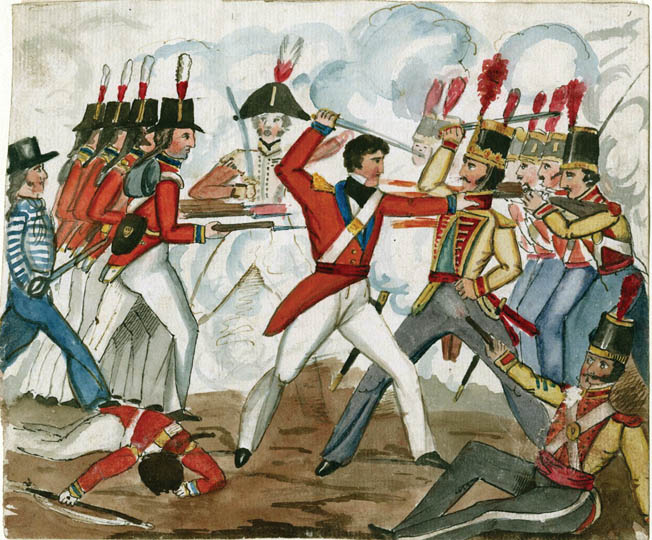
The Largest Naval Battle of the War
About two weeks after the Rock was secured, Rooke prepared to sail back to the friendly port of Lisbon. His ships were in urgent need of repair and resupply, and bad weather and rough seas would soon visit that part of the Mediterranean Sea. But before the admiral departed for the west, he received word from English agents and foreign merchants in Spain that preparations were being undertaken by the Spanish and French to retake his recent prize. A French fleet under Count Toulouse and Victor-Marie d’Estrees had left the port of Toulon heading for Gibraltar. Rooke determined to intercept the enemy as the surest way to shield his new conquest.
Leaving nothing to chance, Rooke strengthened the 1,300 marines he had left behind to garrison Gibraltar with 60 pieces of artillery, mostly 2-, 3-, and 4-pounder guns, many without sea or land carriages. They would be emplaced in stationary sites to cover the ground on Gibraltar, but they would be unable to be moved once the fighting commenced. After a heated discussion and demands by Prince George and counterarguments from the fleet captains that they could not spare the men needed to crew their ships, Rooke compromised by leaving 200 sailors with the holding force of marines to man the cannons left on Gibraltar. The old English sea dog then pushed out to sea to find his prey.
On August 24, Rooke’s battle fleet, in league with Byng’s ships, engaged the French off the Spanish coast at Malaga. What would prove to be the largest naval action of the War of the Spanish Succession (59 British and Dutch ships versus 56 French) ended in a tactical draw, with no ships lost by either side. Strategically, however, the battle proved to be solidly in England’s favor since the French fleet never ventured out from port for the remainder of the war. For the time being, at least, Gibraltar remained securely in English hands.
Held by Only Six Royal Marines
Finally understanding the urgent need to retake the vital gateway to the Mediterranean, a 7,000-man Spanish army, bolstered by 3,000 French marines, all under the command of French Marshal Comte de Fromlay Tesse, sailed from Cadiz in October 1704 and invested Gibraltar. In spite of fierce resistance by the now-isolated English marines, the enemy breached the sea wall defenses after repeated attempts and heavy loss of life. This breach of their frontline position put the British and Dutch marines in great peril. Although they had sustained only moderate casualties to that time, small-arms and artillery ammunition was running low. Even worse, water and food on Gibraltar for the besieged allied force was also running out.
Fortunately for the defenders, instead of immediately following up their advantage, the Franco-Spanish besiegers stopped to regroup. The French commanders in charge of the operation were convinced that it would take only one more push to overcome the enemy positions. They wasted valuable time preparing for the final assault, all the while expecting their foe to see the hopelessness of his situation and surrender. While the French and their Spanish compatriots finalized their plans, British seaborne reinforcements slipped through the siege lines. In the nick of time, additional men, ordnance, and foodstuffs arrived to succor the beleaguered garrison. The Franco-Spanish advance went forward even after news of the resupply and reinforcement, but the result was a sharp repulse of the attackers by the reinvigorated defenders.
As the contest dragged into November, the English marines were reduced by battles losses and disease to fewer than 900 men. Dutch losses were correspondingly severe. Officer deaths and injuries were particularly heavy as they were the first to lead counterattacks and the last to vacate threatened posts. February 2, 1705, saw a surprise predawn enemy assault succeed in penetrating the first two lines of works beyond the beach. Fortunately for the defenders, the potentially decisive onslaught was stopped by a heroic stand at one of the main defense bastions, the Round Tower, which at one point was defended by only 17 marines under Captain David Fisher. Repeated attacks were launched by a force of 500 elite French grenadiers armed with short muskets and hand grenades and supported by artillery. The determined assaults were valiantly turned back. At the end of the action, only six Royal Marines were left alive, but the position remained in English hands.
The Rock Remains British
Relief came to the defenders of Gibraltar with the defeat of a French naval squadron under Admiral Jean de Pointis by British Admiral Sir John Lake at the Battle of Marabella, within sight of the Rock, on March 10, 1705. Pointis’s ships had been the vital seaborne support that Tesse required to maintain the siege of Gibraltar. With that support removed by the British, and with his own supply lines to Spain under threat, the French marshal could not carry on. In April, Tesse lifted the siege. Gibraltar was never again seriously menaced during the remainder of the war.
The Royal Marines’ defense of Gibraltar during the War of the Spanish Succession was as magnificent an achievement as its initial capture had been. Secretary of State Sir Charles Hedges described the occupation of the Rock as “of great use to us for securing our trade and interrupting the enemy’s.” By securing the stronghold, the capture of Gibraltar had brought the unexpected bonus of discouraging further depredations by the dreaded Barbary Coast pirates, who aligned themselves with the British for the remainder of the war. In the words of the British official report regarding the defense of Gibraltar: “The garrison did more than could humanly be expected, and the English Marines gained an immortal honor.” The Rock has remained securely in British hands ever since.
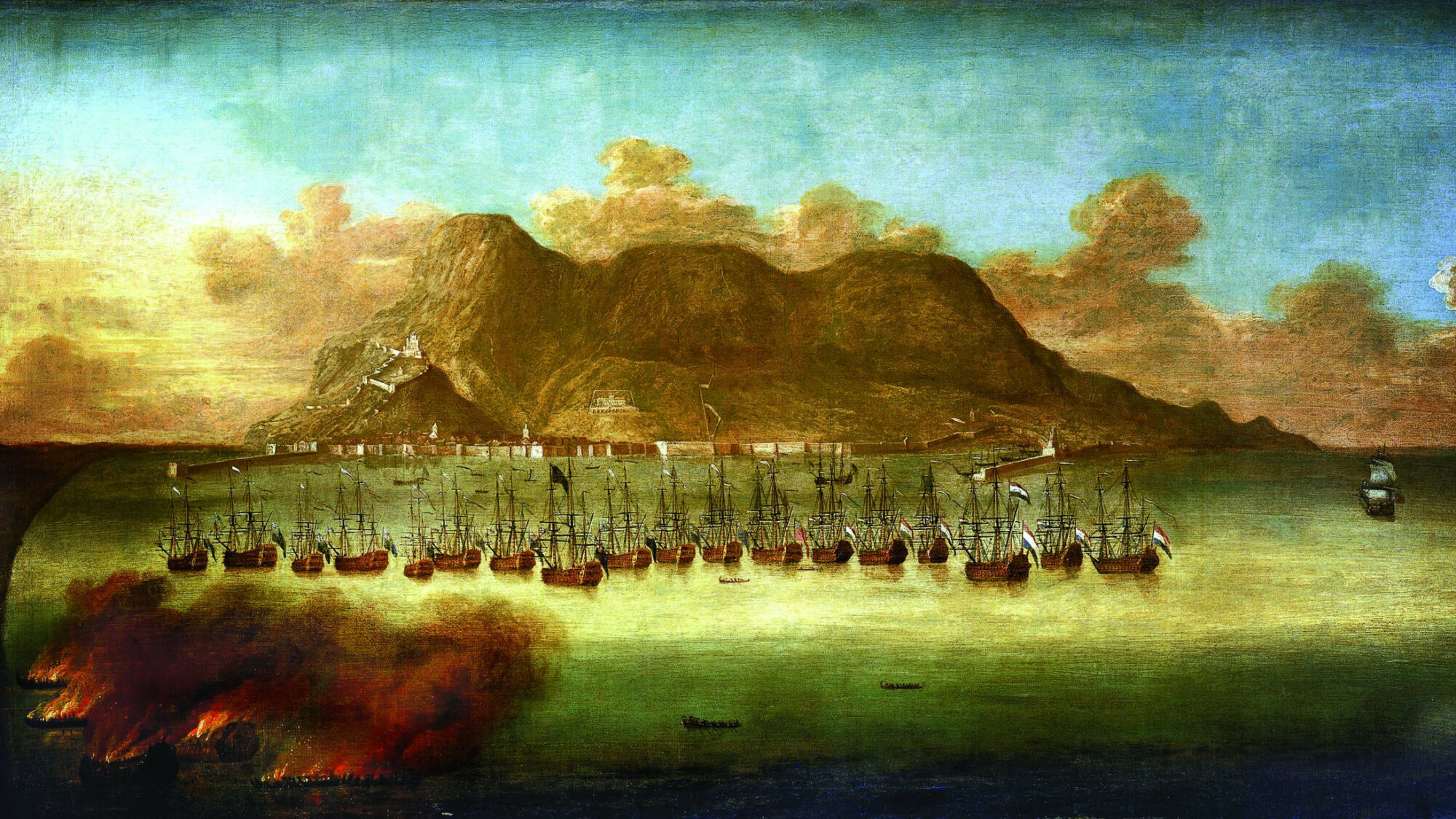

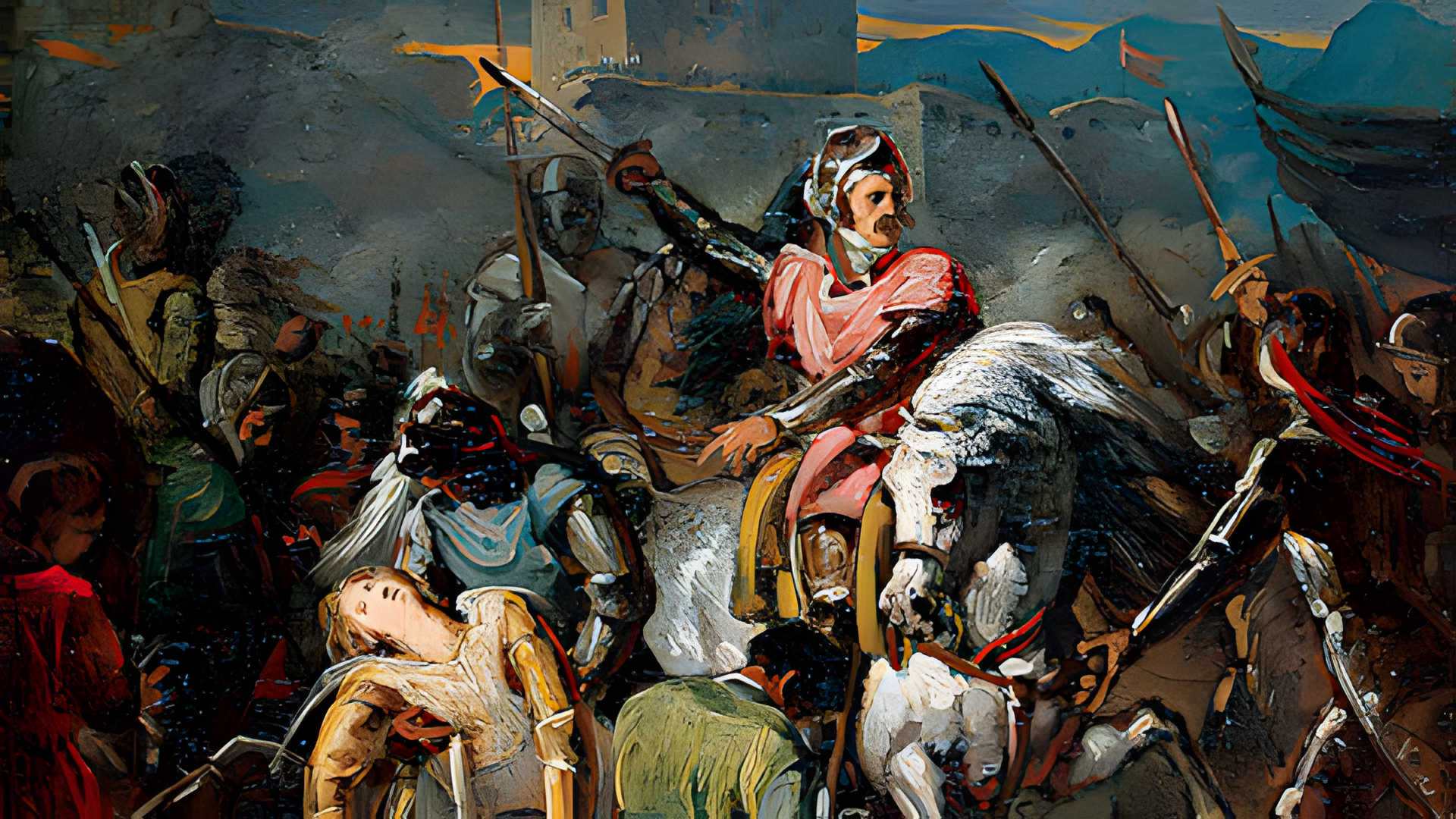
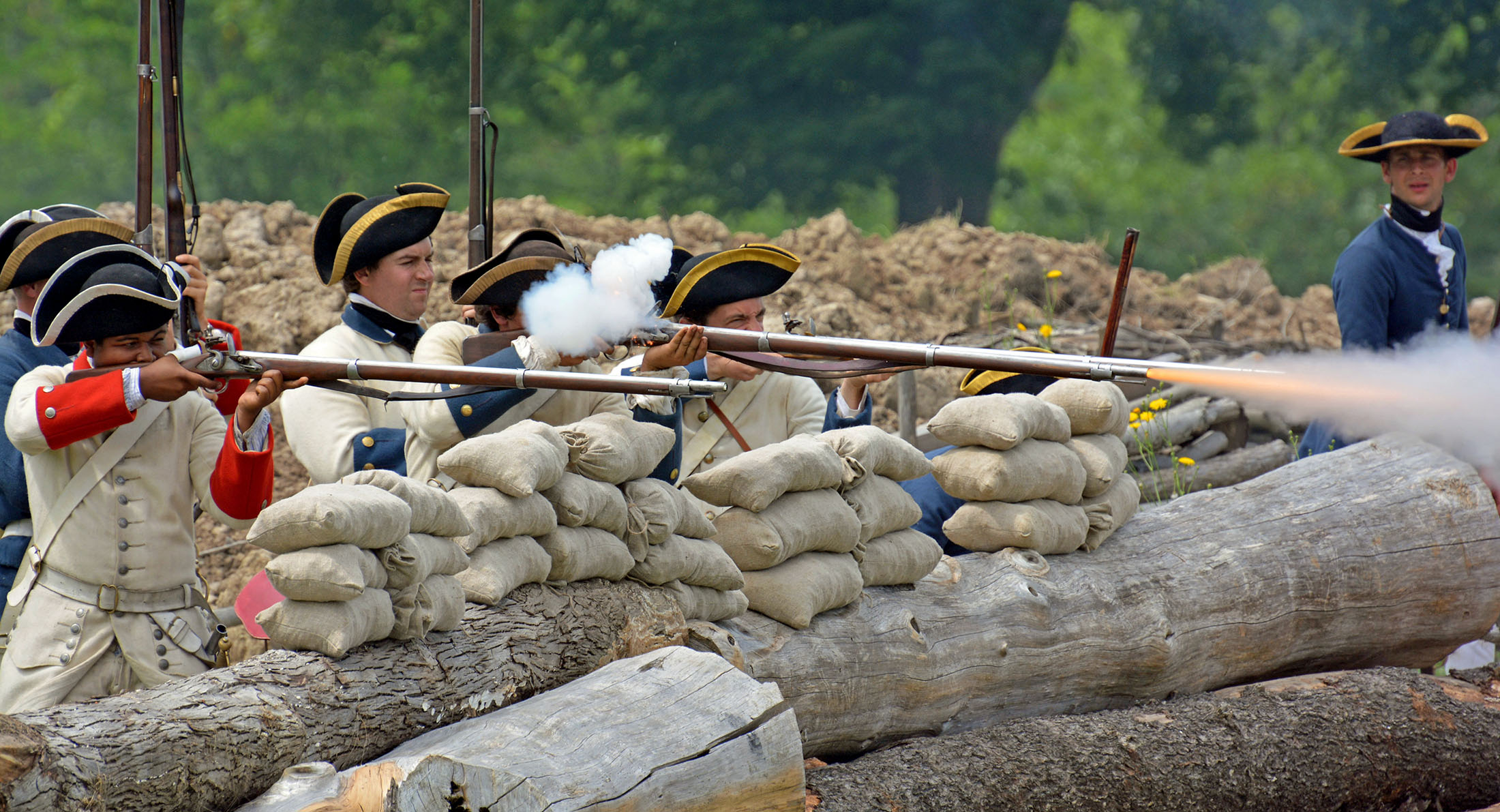
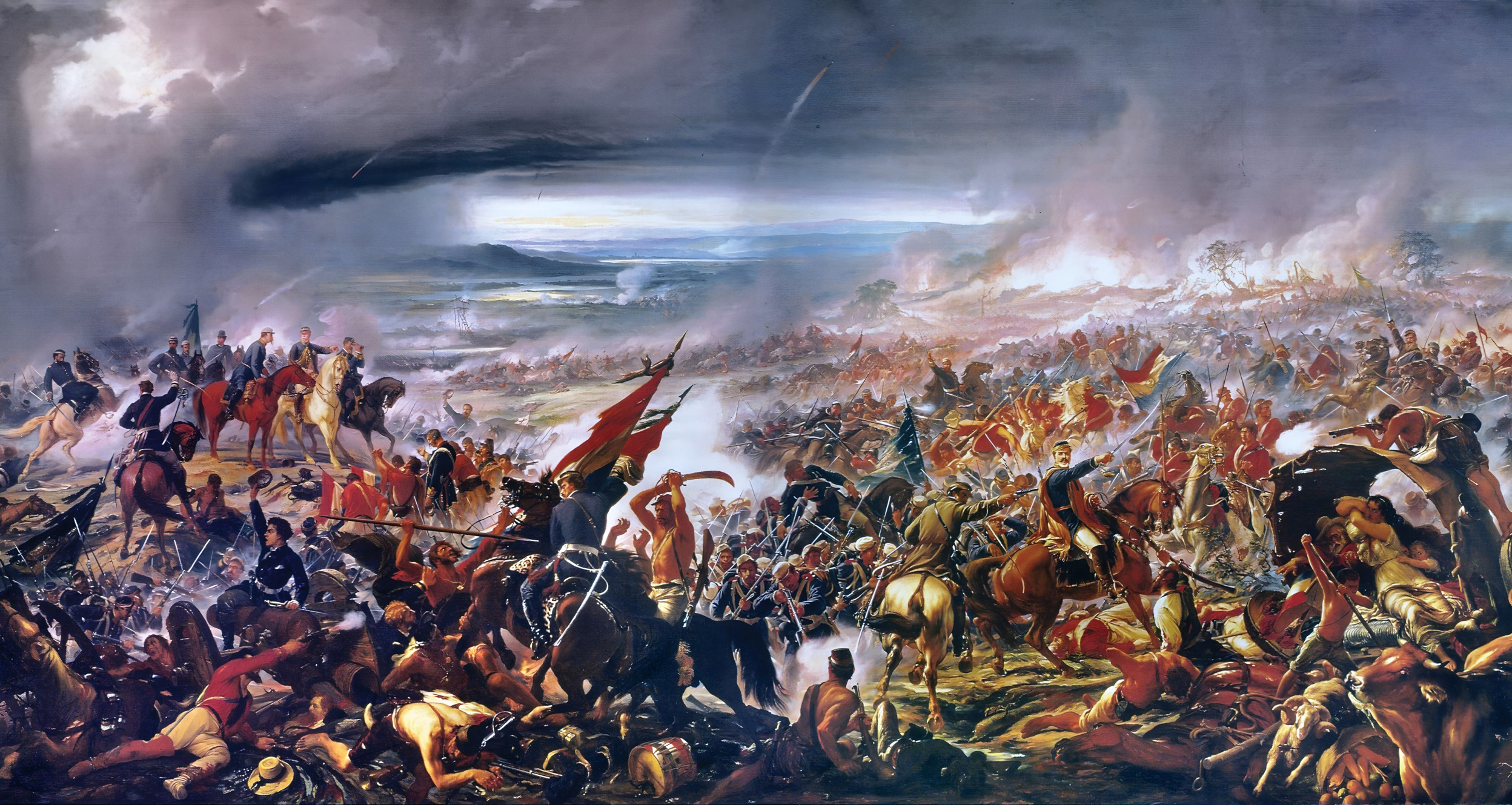
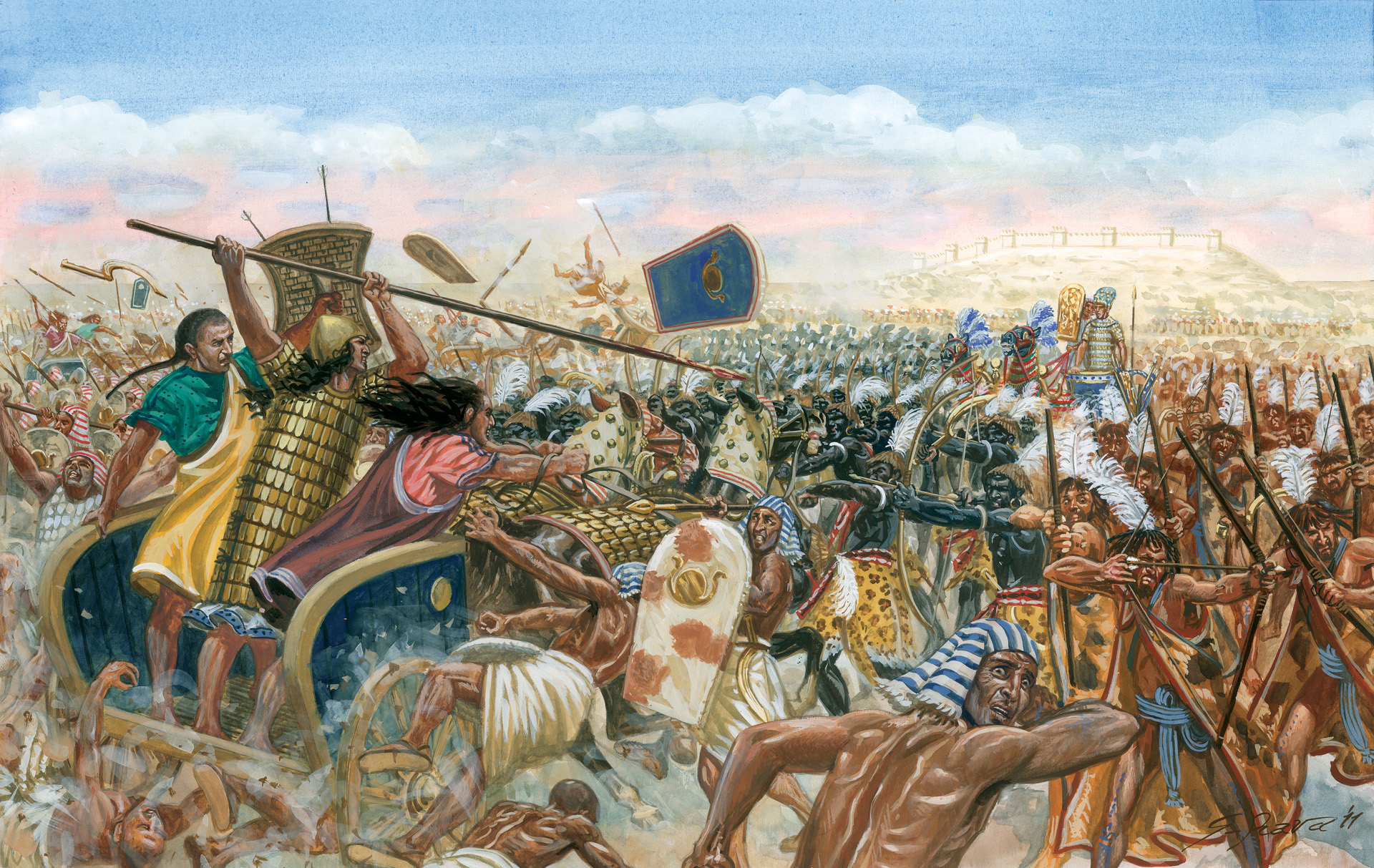
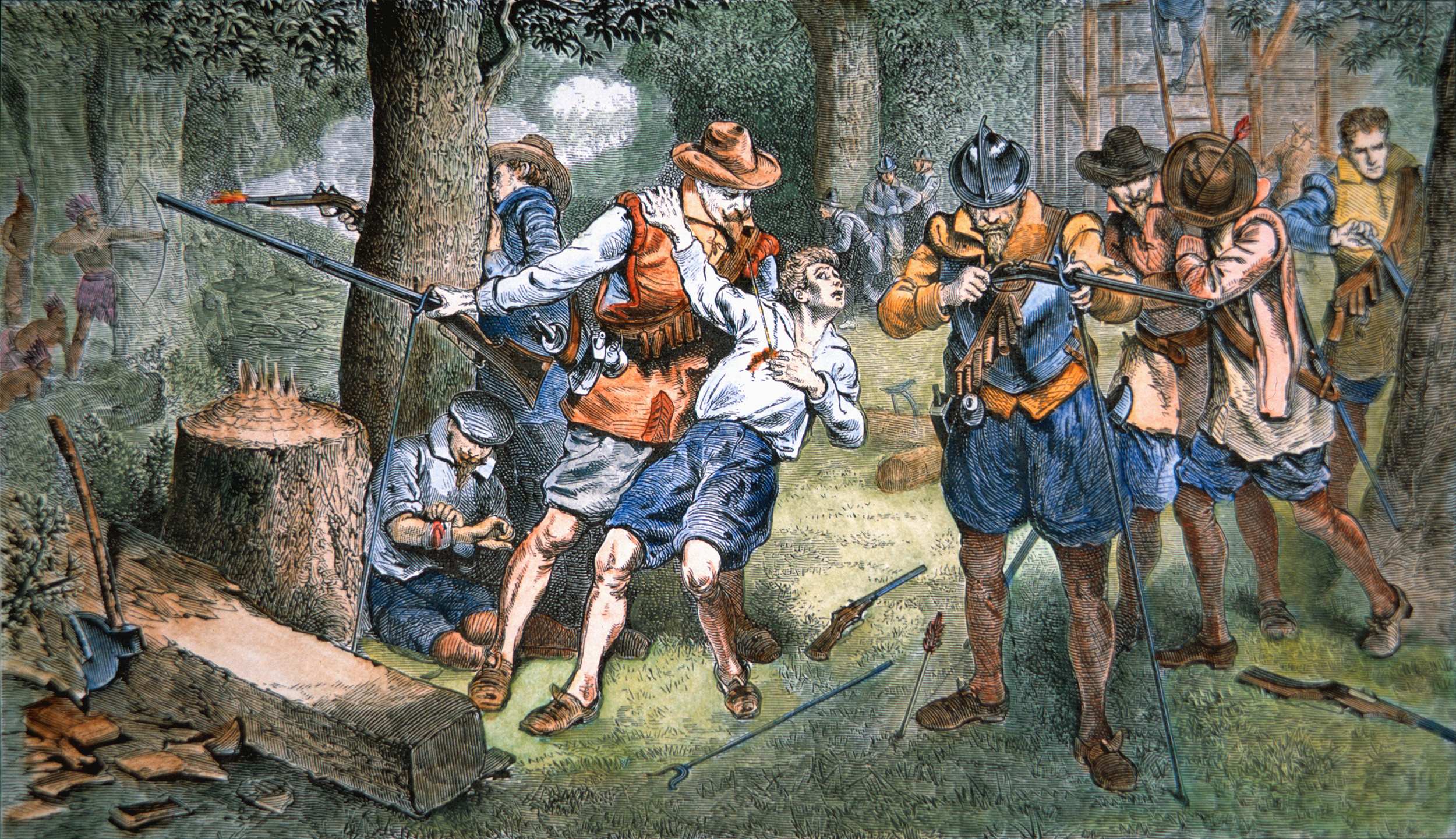
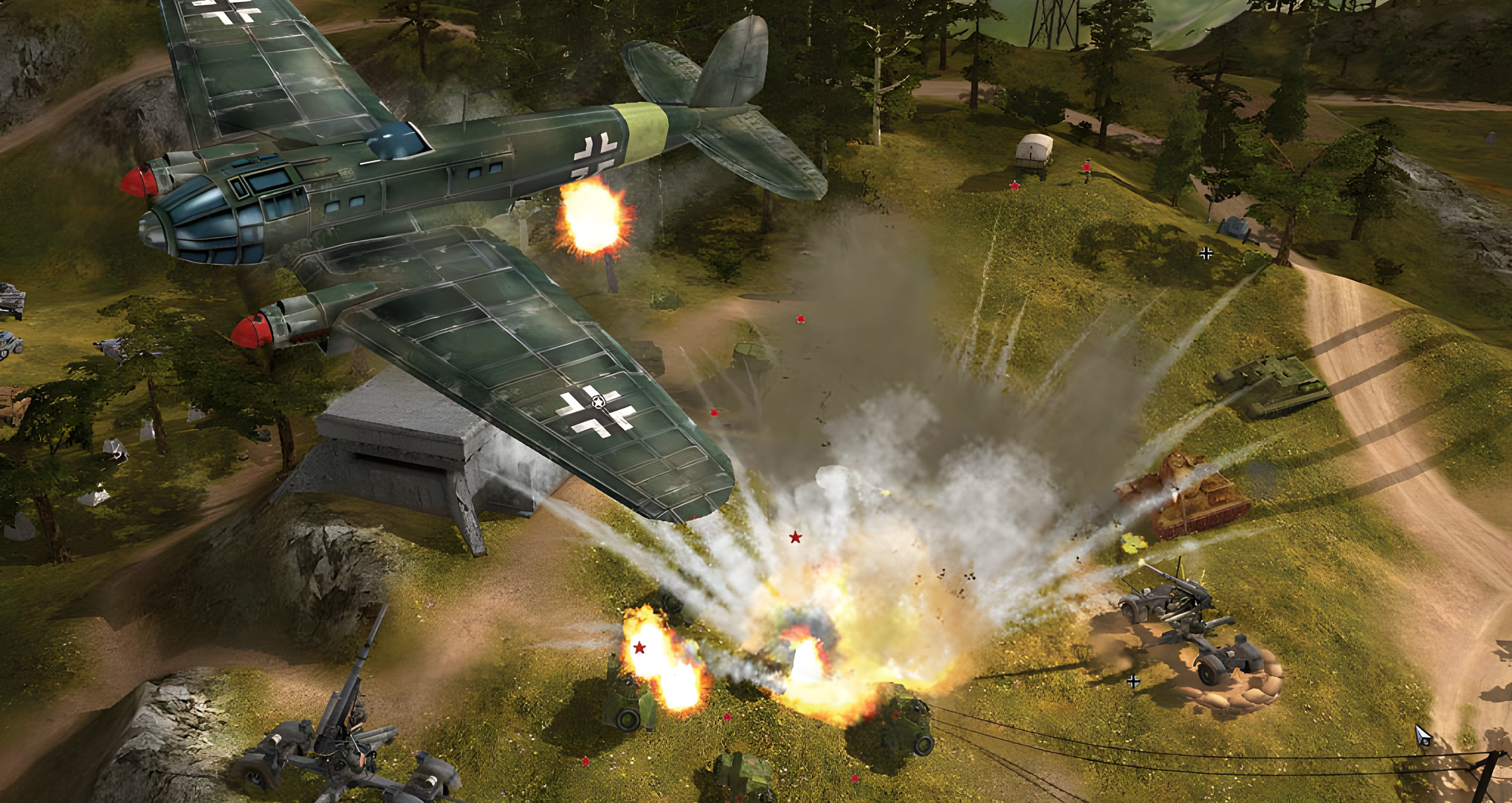
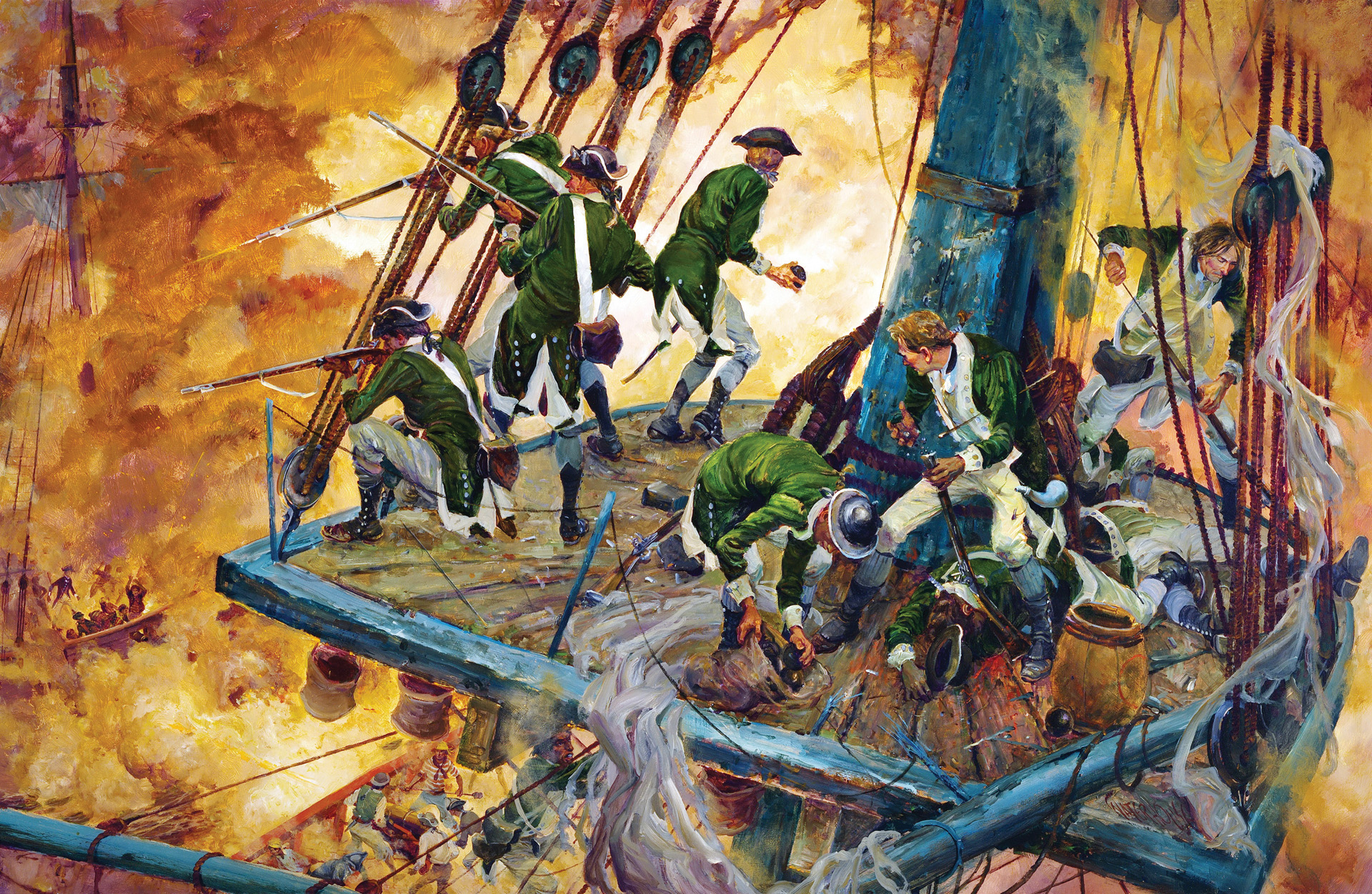
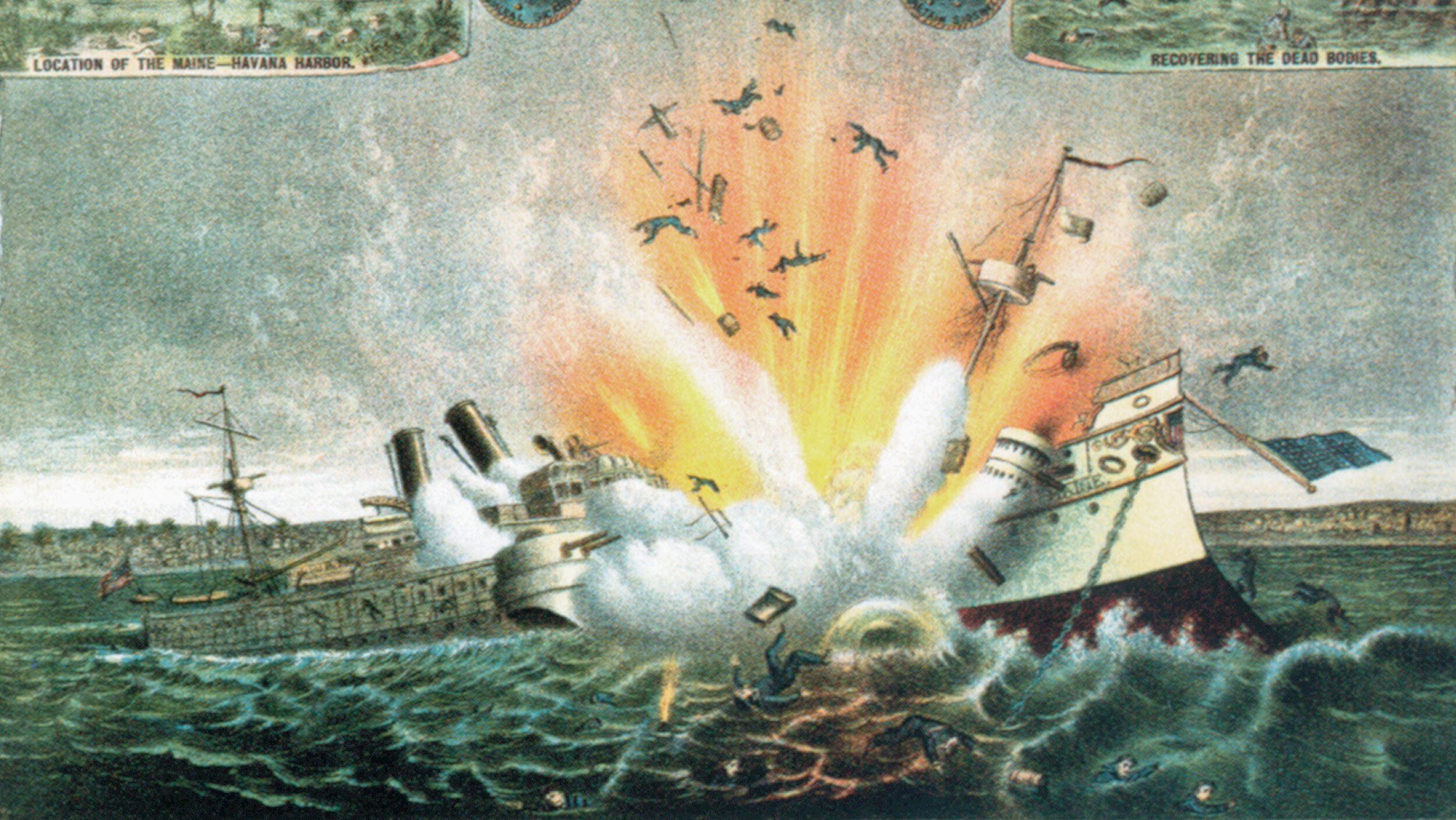
Informative, but massively misleading. You refer throughout to “Royal Marines”, and that these were Admiralty troops. Both assertions are false.
Marines prior to 1755 were the responsibility of the Army, not Navy. They were paid, armed and supplied from the War office under their Colonels, and like other regiments named for their Colonels (hence “Fox’s Marines”).
Second, the “Royal” epithet was granted some 100 years later by George III.
Third, whilst the modern day RM claim heritage dating back to 1664, the reality is that they actually date to the raising of the Corps of Marines by Anson in 1755. Prior to that, individual regiments would be raised and disbanded according to wartime need. If the RM claim Gibraltar as their singular battle honour, then they must share that lineage with every modern day Infantry regiment in the British Army (with the exception of the Guards and Parachute Regiments), as even the RIFLES can claim unbroken ancestry from a Marine regiment at the Rock (Fox’s Marines retained as an Infantry regiment, and went on to become a County Light Infantry regiment prior to amalgamations).
All of which does not diminish the story of Gibraltar, but bursts some of the mythology espoused by the modern RM.